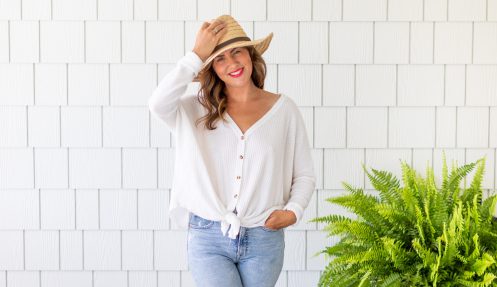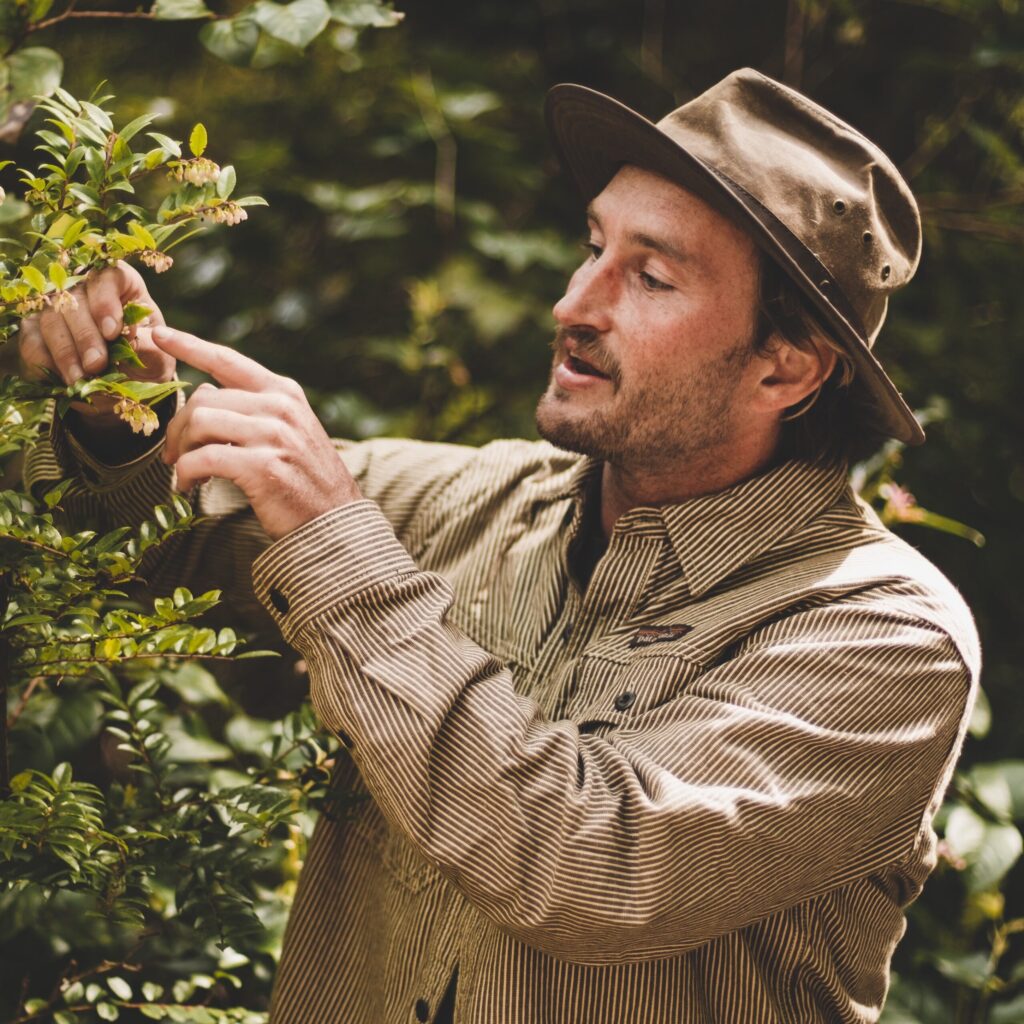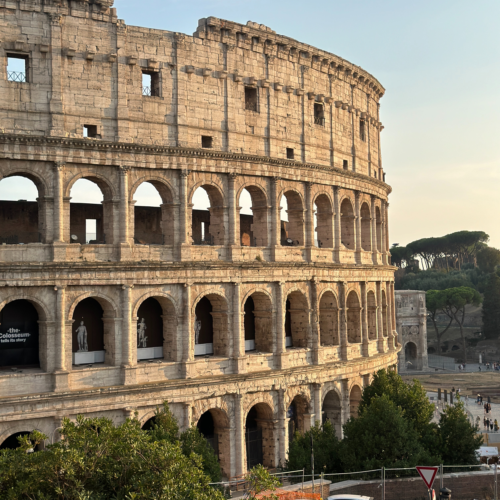During Earth Month we wanted to share some valuable information on topics surrounding the lands we occupy and help spread awareness on current environmental issues. And there’s no better person to talk on such a large and important topic than Ross Reid from Nerdy About Nature. If you’re not aware of who Ross is, he runs an 100% passion-led edu-tainment Instagram page all about fun facts, observations and deep thoughts on nature. His main mission is to get people excited and engaged with the outdoors and to spark joy through the content he shares which then encourages people to fall in love with the lands we occupy and act to protect them.
So let’s get right into it!
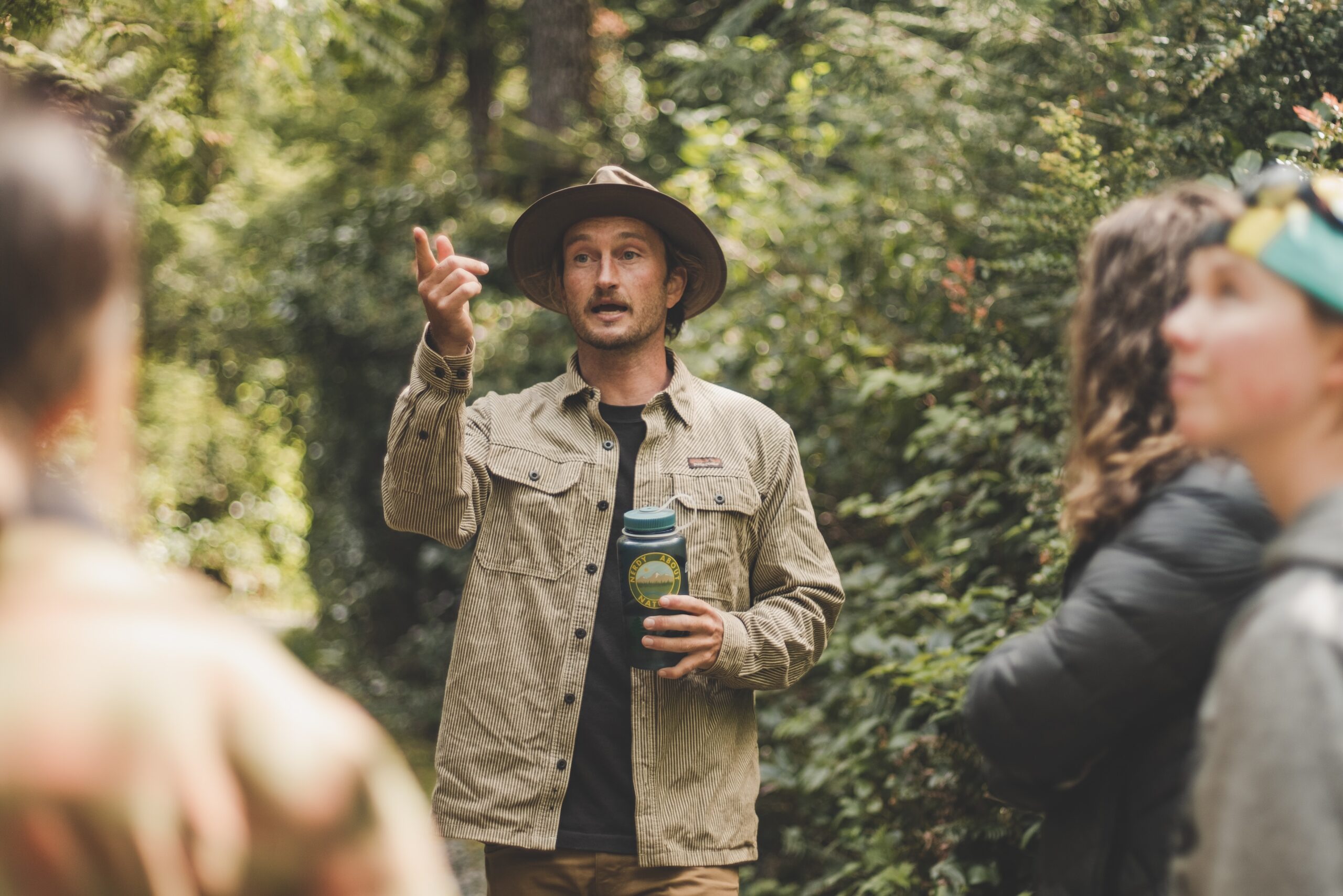
How did you become so passionate about nature and our environment?
I was fortunate enough to be raised by a family that really enjoyed getting outside and I’ve always been really into outdoor activities, such as surfing, skiing, and hiking. So it was natural for me to be in those areas, then as I got older I started to slow down and I was drawn to this sense of wonder about everything around me, and I found myself actually wanting to learn more. I ended up reading textbooks, like those thick college-style textbooks, just because I found it interesting. I guess, ultimately, it was this constant exposure to being outdoors and wanting to learn more that drove me to do what I’m doing.
What is your favourite fact about our forests that not a lot of people know about?
My favourite fact about forests, especially the Forests of Cascadia, which stretch all the way from California through coastal BC into Alaska, and then the conifer forests expanding to Eastern Russia, Japan and then all the way down into New Zealand, is that these Conifer dominated forests are incredibly rare in the world, and they actually evolved in a prehistoric time, when these conifers (gymnosperms) were actually the dominant type of tree. Then by the end of the cretaceous period deciduous trees (angiosperms) emerge, or trees that reproduce from their fruit and pollen, which, compared to conifer trees, is a much more efficient way of reproducing. As a result, after the meteor impact that killed off the dinosaurs, deciduous trees were able to populate the earth extremely rapidly, and therefore that is why the majority of forests in the world are all dominated by these deciduous trees, think the Amazon or Eastern Turtle Island here. So all these conifer-dominated forests were once isolated by periods of glaciation where angiosperms couldn’t ever penetrate, producing these extremely rare and ancient types of forests that are still around to this day.

Why is maintaining biodiversity important for not only wildlife but for us as well?
Biodiversity is super important because it is the marker of health for an ecosystem, which of course is important for the wildlife and everything that lives there, but us humans as well. We’re all just a bunch of wild animals, and as much as we try to separate ourselves from these natural worlds it’s actually impossible. Therefore the health and biodiversity of these ecosystems contribute to our health, the health of our communities, and us as individuals. Everything is so interconnected, for example, if we have a healthy functioning forest ecosystem with a wide diversity of trees, species, and plants with wide spacing and rich understory underneath them, that is going to provide ecological services that we benefit from, such as stabilizing our soils, purifying our water and air, and mitigating natural disasters like wildfires. When we reduce that diversity to a monoculture or a very limited mixed stand of trees that have been re-planted for forestry purposes, all of sudden we have no diversity in ages, species, spacing, or any understory to perform those ecological functions. And as a result, we see an increase in landslides, flooding, and diseases, which also ultimately lead to devastating and uncontrollable wildfires. All of these disasters are at the forefront of our society today, we now face them on an annual basis, which is a direct result of having that lack of diversity in our ecosystems. We’re at a unique stage now in society where we can see these ecosystems unraveling in real time and we’re suffering as a result from these myopic and misunderstood practices that our society has been operating at for decades.
What is old growth and why is it so crucial to protect?
The government defines old growth with an age based marker, for example here on the coast it’s 250 years while in the interior it’s 160 years. Although, ecologically speaking, old growth [also known as primary forests] refers to a forest ecosystem that has not had any industrial modifications from human-kind. Indigenous peoples have always been working within these forest ecosystems since time immemorial and even early settlers didn’t have the capacity to have such a drastic impact on the surrounding forest that we’re now seeing with modern logging practices. One of the coolest things about these forests, which is often misunderstood, is their true age. In some of these forests you can see a tree that is 1500 years old, but if you look at the topography of the terrain, and you look at the root structure of that specific tree, the way it formed suggests that it grew from a nurse log (fallen tree) that was also 1500 years old; so then this ecosystem is now 3000 years old; then you compound that on and on, you now have these hundreds and thousands of year old ancient forests. The true beauty and wisdom stored in these ecosystems is so unfathomable to us, and it’s such a shame to see them clear cut and replaced with these trees that we put on 70 year timescales, purely to get the wood, reducing the land to something as simple as an agricultural crop.
What is a common misconception when it comes to logging and reforestation?
I would say what I just mentioned, people tend to think that forests just grow back, which yes trees do eventually grow back but it’s these timescales that we can’t ever fully comprehend. A forest is a lot more than just a cluster of trees, when you have a forest that has evolved over centuries to form this rich biodiversity and carbon storing capacity, that is not something you can simply replace in a 70 year timescale. Also a lot of the time when we’re re-planting these trees we do so in a way that creates these ultra dense canopies that not only prevent understory species and wildlife from establishing themselves but also create the perfect conditions for wildfires to spread so rapidly, which is what we’re seeing today.
How can someone show more support in the preservation of our local forests and wildlife?
I think the most important thing everyone can do is recognize we live in a democracy, where our voices are, theoretically, heard by the people we elect into office. One of the most important things you can do is to speak out and express your concerns and your needs, whether that is by voting, calling, or writing your premier and making your values heard on a scale that can alter how policy is created. Secondly, I think it’s important to be involved in local initiatives, whether that’s finding a local forest conservation group that you can either support financially or often these groups will have volunteer events and meetups that you can join and become a part of. There are so many activities you can do that not only connect you to the lands in which you reside, but also to the community around you.
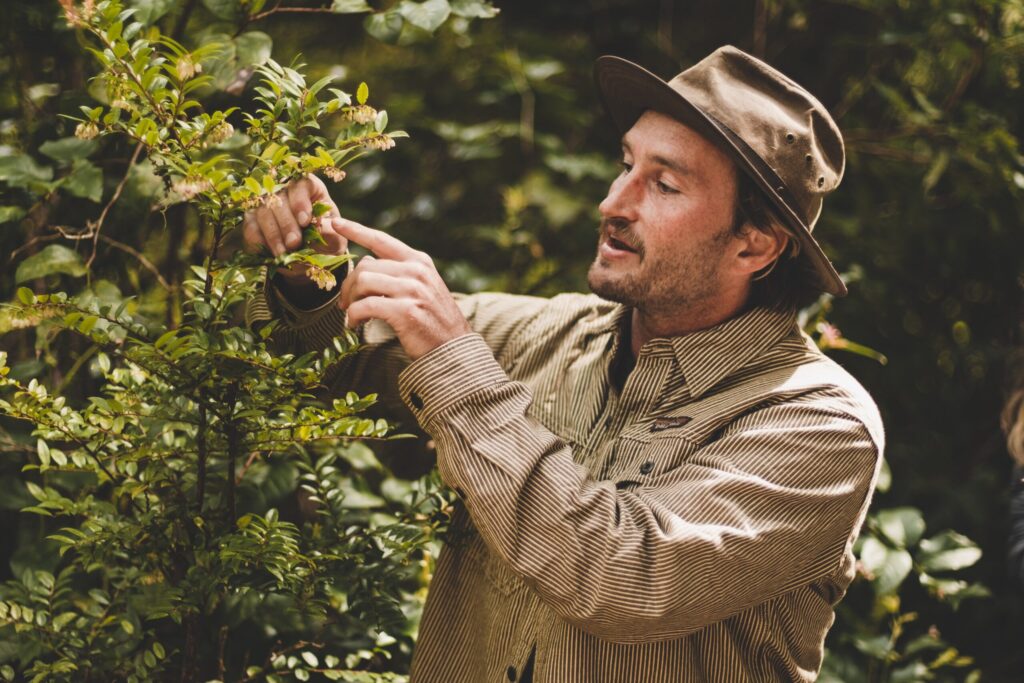
Are there any current issues that you feel aren’t getting enough attention that you would like to shed light on?
Last year was a really big year for old growth forest awareness and the lack of them. We saw this primarily at places such as Fairy Creek which grabbed attention from national headlines, and it’s really important that people are aware that these discussions are very far from being over. The government and the logging industry have been working together for decades, and within the last year they’ve both been releasing a lot of misleading and greenwashed information suggesting that the situation has been resolved. Despite what they may be saying, there is less than 1% of the biggest and best forests in BC remaining, and they are still very actively being logged today. There have also been a lot of nuances left out of the conversation, especially pertaining to Indigenous sovereignty and the rights of these people to manage their own land in the way they have been managing it for generations, not just fit into a western capitalist framework. It’s so crucial that people continue to stay aware and listen to these stories and pay attention to any potential associated biases and not give in to this greenwashing, so to speak.
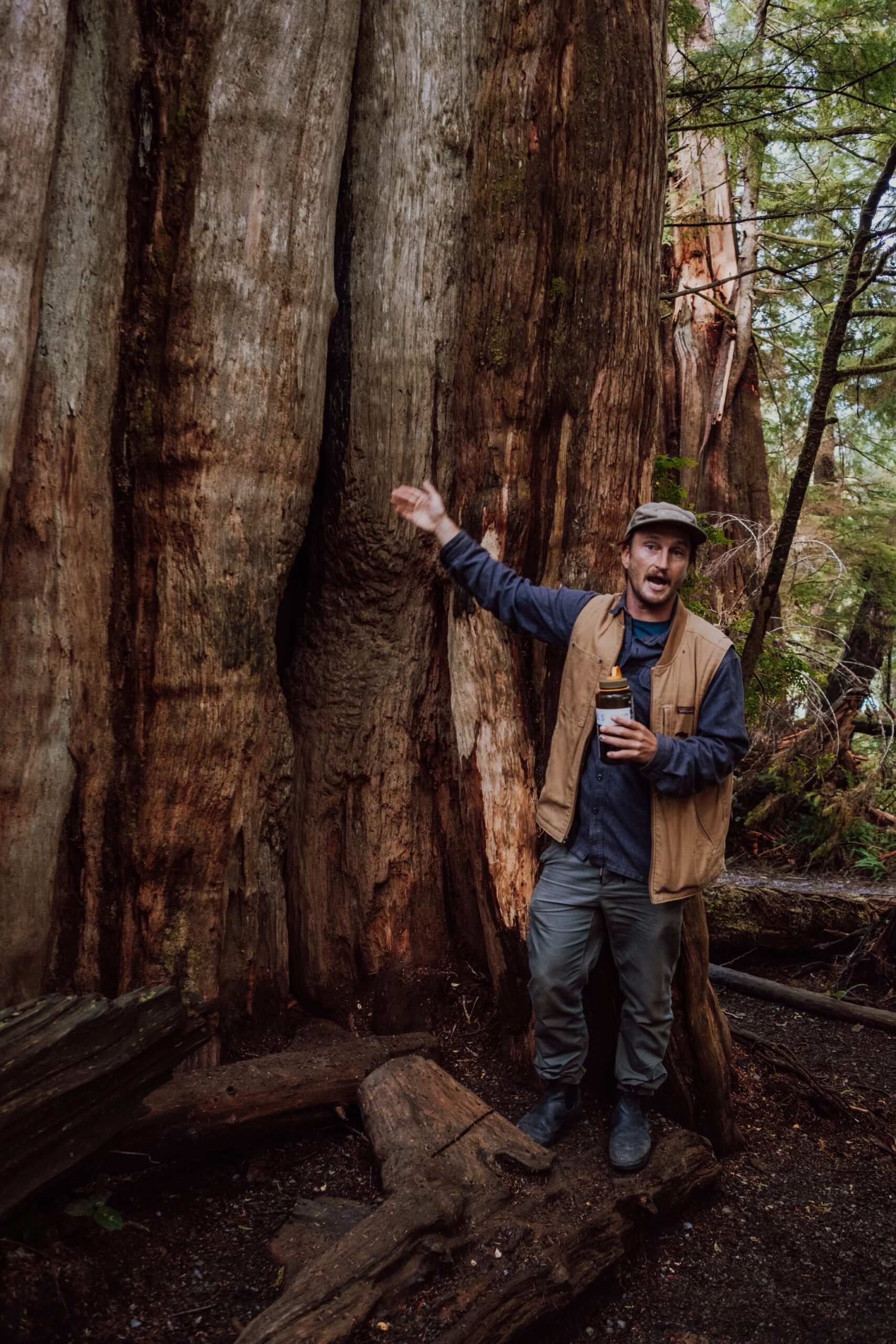
Where can people go to learn more about you and what you’re doing?
They can go to nerdyaboutnature.com or check me out on social media @nerdyaboutnature. This is a fully independent passion project of mine and it’s solely supported by folks who enjoy this content by contributing to my Patreon, and I’d like to keep it independent like that, so the support is much appreciated! I’ve also recently released a podcast series which is available wherever you get or listen to your podcasts.
There are also a lot of really great organizations such as Redd Fish Restoration and Raincoast Conservation who are doing amazing work restoring and healing the wounds left by these industrial economies. Supporting these organizations is an amazing place to start and putting the time, energy, and money towards protecting and restoring these lands in the end benefits all of us.
Ross, a huge thank you from all of us at Team Jilly for sharing your insights on biodiversity and ecological impact! If you haven’t already, make sure to give Ross a follow on Instagram, and check out his Patreon account.
Stay tuned for some more Earth Month inspired content coming your way tomorrow!
Team Jilly
